2025 Author: Howard Calhoun | [email protected]. Last modified: 2025-01-24 13:10:43
Why do I need lamination? It is designed to protect paper from wrinkling, contamination, physical deterioration. Helps to keep a document, an important sheet safe and sound. There is not always a desire and opportunity to apply for such a service in a specialized salon. How to laminate paper at home? We will give a few successful ways below.
Method number 1: iron and laminating film
First you need to purchase a suitable laminating film. I must say, there are a great many of them - both in size and in thickness. A4 format is more suitable for home conditions. The thickness of one half can vary from 75 to 200 microns. For self-lamination, it is better to choose the thinnest one.
The film itself is two plastic halves connected horizontally or vertically. On the inside, the material is covered with an adhesive mass - it is she who sticks it to the paper when heated.
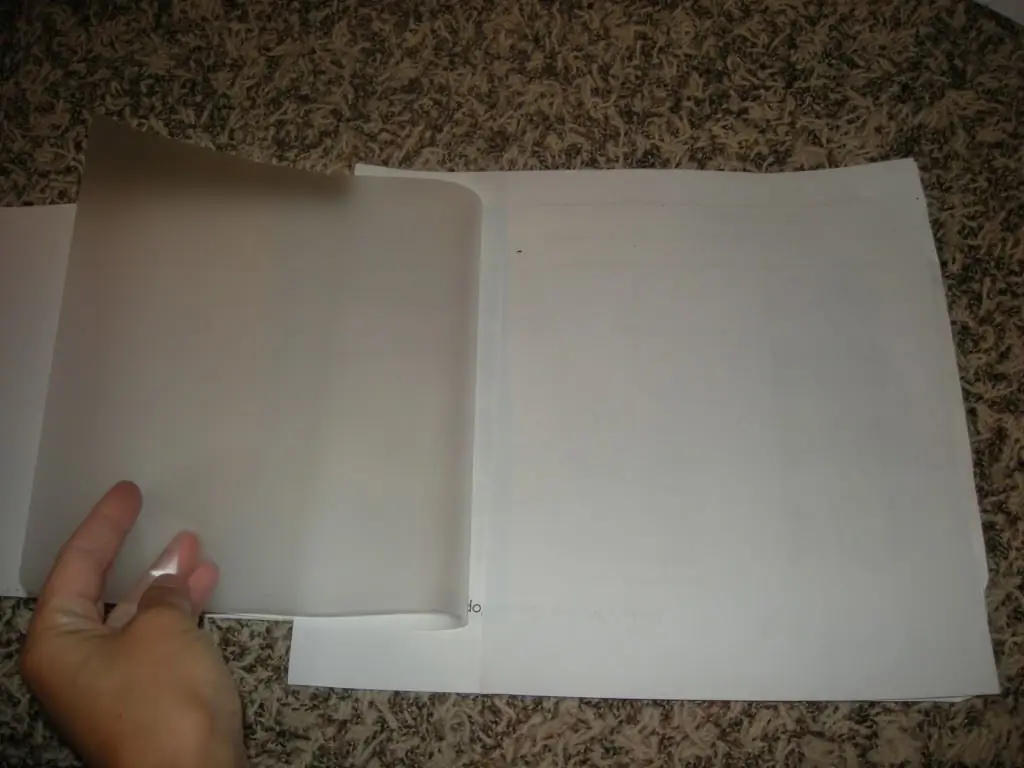
Now let's specifically move on to how to laminate paper at home with an iron:
- Heat the device to medium temperature (usually "deuce"). It is important not to overheat it - otherwise the film will wrinkle, become covered with bubbles.
- Then place the document between the halves of the film, straighten it.
- Next step: from the junction of the halves, start ironing, expelling air bubbles.
- Note that the film is sold matte, and when heated and glued, it permanently acquires transparency and rigidity.
- If you heated the iron to the recommended temperature, then do not be afraid that the film will stick to its sole. This can only happen if you mix it up and put it with the adhesive side up. But just in case, we advise you to put a sheet of white paper between the iron and the film.
- If suddenly an air bubble has formed during the gluing process, then rub the still hot surface of the film with a cloth. It should disappear.
- If the bubble does not go away, then it remains only to pierce it with a pin, a needle and iron it again.
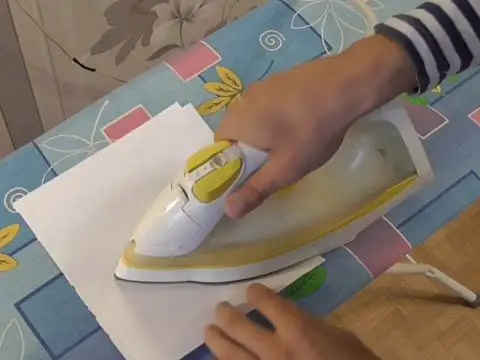
Method number 2: tape
We continue to disassemble how to laminate paper at home without a film. Now the "student" method - with the help of adhesive tape. You will need a regular wide adhesive tape. And, of course, dexterity. You need to stick the tip of the tape to the edge of the paper, and then slowly and carefully move along its width to the other edge.
The method is fraught with the formation of bubbles, the appearance of unglued spaces between the tape strips. Therefore, it is successful only for small-sized documents.
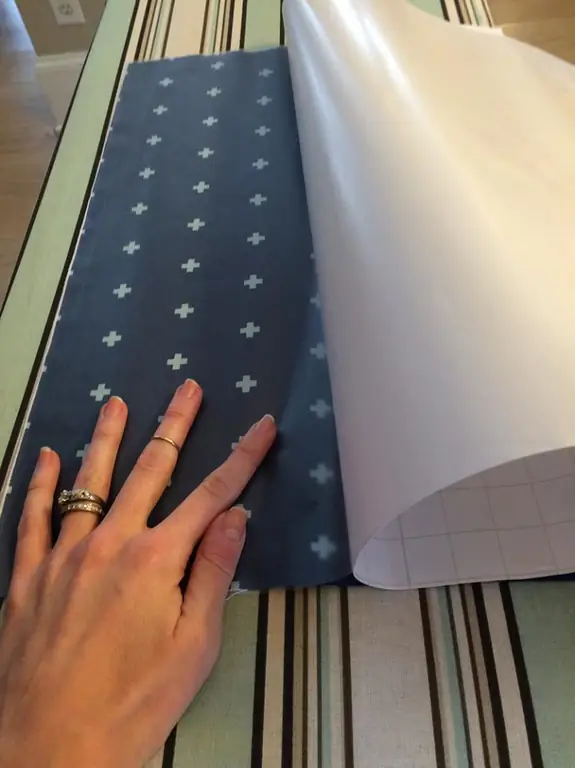
Method number 3: thermal adhesive film for books
There is only one minus of this method - such a film is sold only in rolls. Therefore, it will be of interest only to those who will be engaged in home lamination more than once.
You can use it in the same way as a laminating film: put it on the document, iron it from edge to edge with an iron. If you are afraid to spoil the material, then place a sheet of paper under the soleplate of the iron.

Method 4: File
Let's see how to laminate paper at home from a file:
- Purchase a file of suitable sizes.
- Cut it to the size of the document, it is important that there are not two free halves, but a pocket connected to one or more sides with a factory seam.
- Insert paper into this protective layer.
- Take a regular tape and connect the edges together.
- That's it, such a fast and hassle-free lamination!
Method 5: laminator
Many people wonder how to laminate paper at home with a laminator. Here is a suitable instruction:
- Turn on the device, wait until it warms up. Some technology communicates this fact with a light indicator.
- Prepare the film for laminating. Place a document between its two halves so that the adhesive layer adjoins it.
- If it is smaller than the film, then you should try to place the paper strictly in the middle of it, so that you can cut off the edges later. For nowwe will laminate in this form.
- Place the document wrapped in film into the feed tray. In this case, the glued edge is adjacent to the closed side of the container, where there is a layer that prevents the collection of glue.
- Now put the tray in the machine with the open edge of the film first. Wait until the machine hooks it. Do not press on the paper - it should slide slowly and freely into the device.
- Before removing the document, wait until it cools down.
- Now you can trim the extra edges with scissors. Minimum remaining length is 2mm.
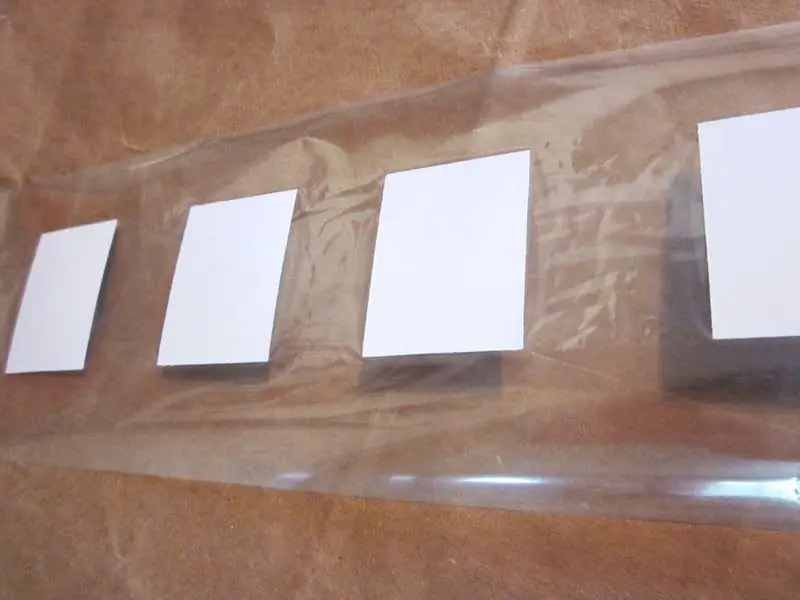
Other home lamination methods
How to laminate paper at home? Consider a few more ways:
- Book cover with sticky layer. Using it is very simple: cut off a piece of material that fits the size, remove the paper protective layer from it, carefully stick it on the document. Do the same with the other side of it. The cover comes in sheet and roll varieties.
- Oilcloth. Some craftsmen successfully laminate documents using such material.
- Self-adhesive film. Quite often it can be found on store shelves. At one time, it was widely used to breathe a second life into furniture and doors. One minus - only a transparent film for glasses is suitable for lamination, which is not so easy to find.
- Film for printer. There is no need to perform any additional actions here - the document can already be printed on the material.
- Sheets fromphoto albums. You can buy a cheap photo album to sort it into sheets later. Place a document inside each, cut the envelope along the edge of the paper, seal it with tape.
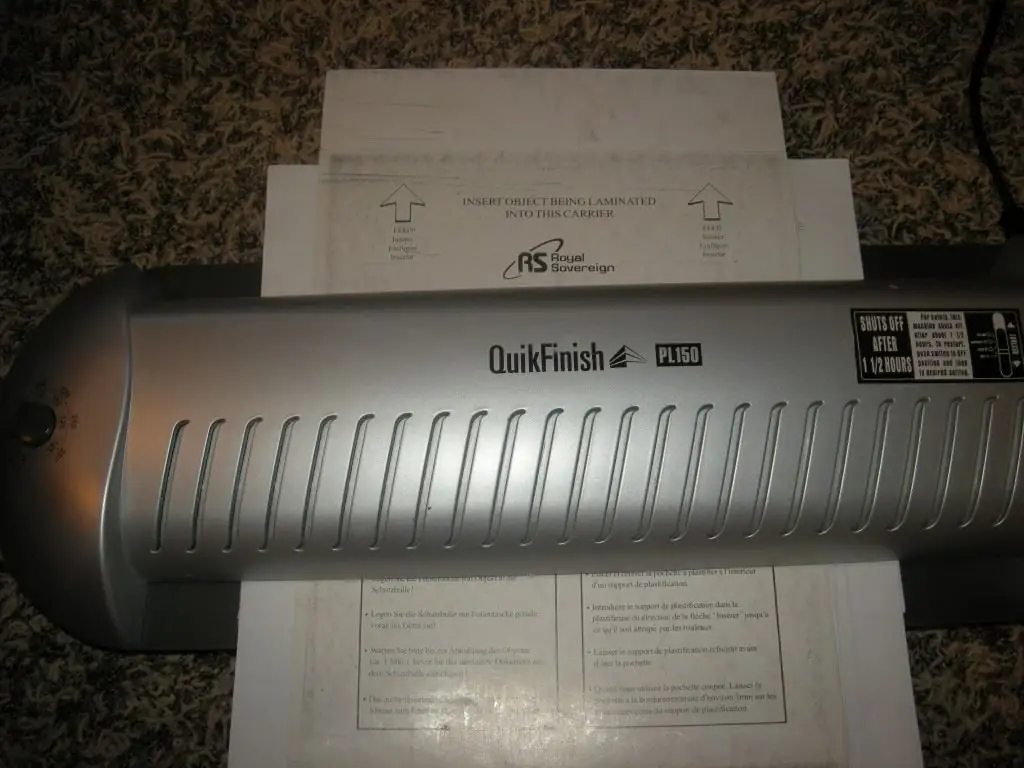
So we figured out how to laminate paper at home. Choose any method convenient and suitable for you: self-adhesive film, file, laminator, adhesive tape, oilcloth, etc.
Recommended:
Payment of the loan "Home Credit". Methods of payment for the loan "Home Credit"

You can repay the Home Credit Bank loan in several ways. Each client has the opportunity to choose the most convenient payment option. We will consider the payment methods for the Home Credit loan in more detail
How many packs of A4 paper are in the box? Paper types, density, packaging

The main consumers of office paper are private and public institutions in which there is a large document flow. In order to correctly calculate how much money needs to be allocated for its purchase, you need to know the amount of spending and understand how many packs of A4 paper are in the box
History of the creation of paper. Paper production

The article talks about how far paper has gone to reach its current prevalence. What was used before its appearance, what materials it was made of - all this is described in the presented material
Where can I exchange change for paper bills? Terminals for exchanging small change for paper banknotes

Money, no matter what material it is made from, is a universal product that can be exchanged for any product or service. But money made of metal has a small nominal value, and therefore is less valuable. People try to avoid paying with coins, which is why they accumulate over time. And then the question arises, where you can change a trifle for paper bills
How to increase the egg production of chickens at home? Features and ways to increase

When starting chickens, any poultry farmer plans first of all to get a large number of fresh, natural and tasty eggs. However, it is not always possible to immediately achieve the desired result. In some cases, it is necessary to master farming by trial and error before the goal is achieved. But still, if you figure out how to increase the egg production of chickens at home, you can save a lot of time and effort

